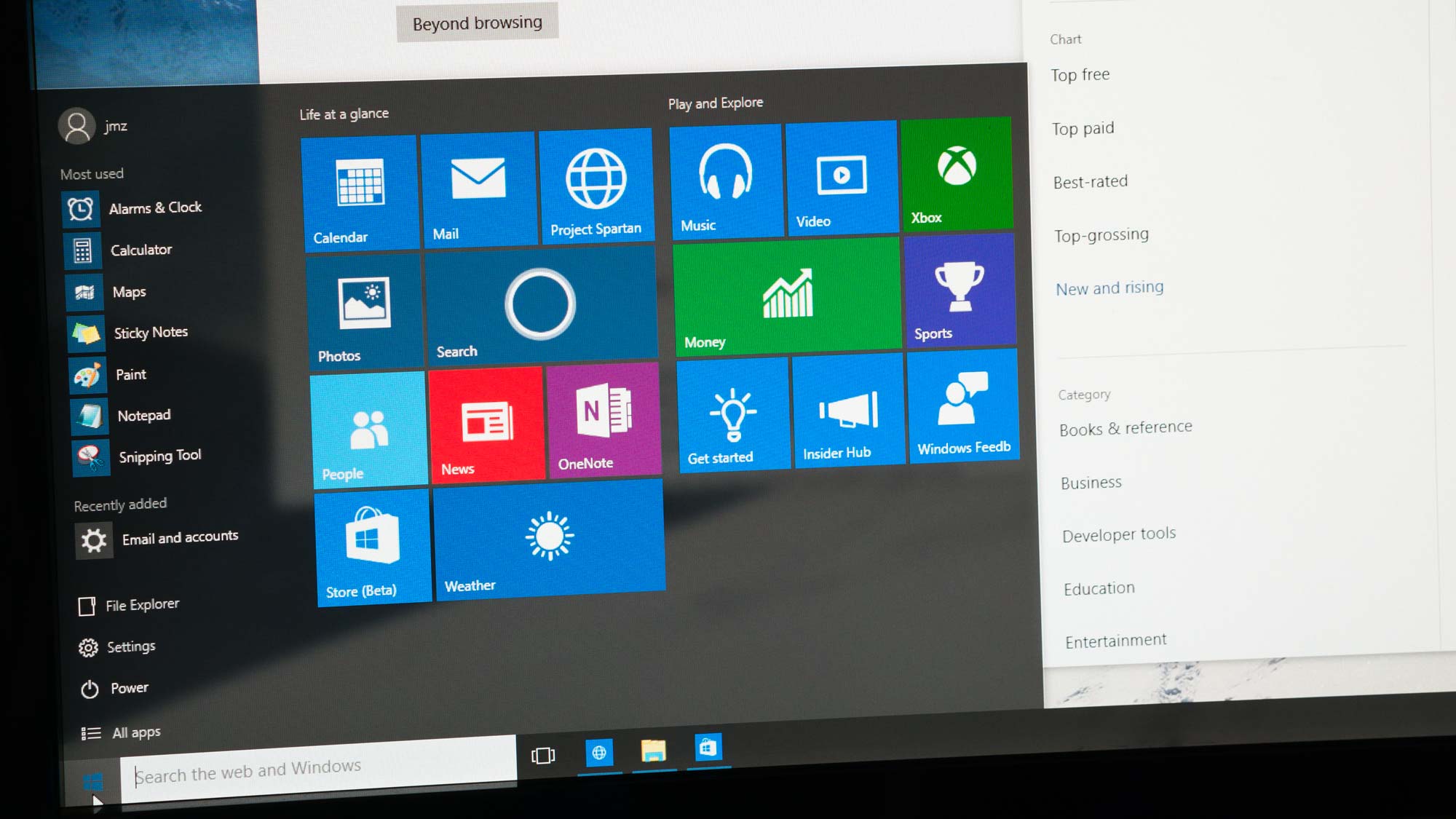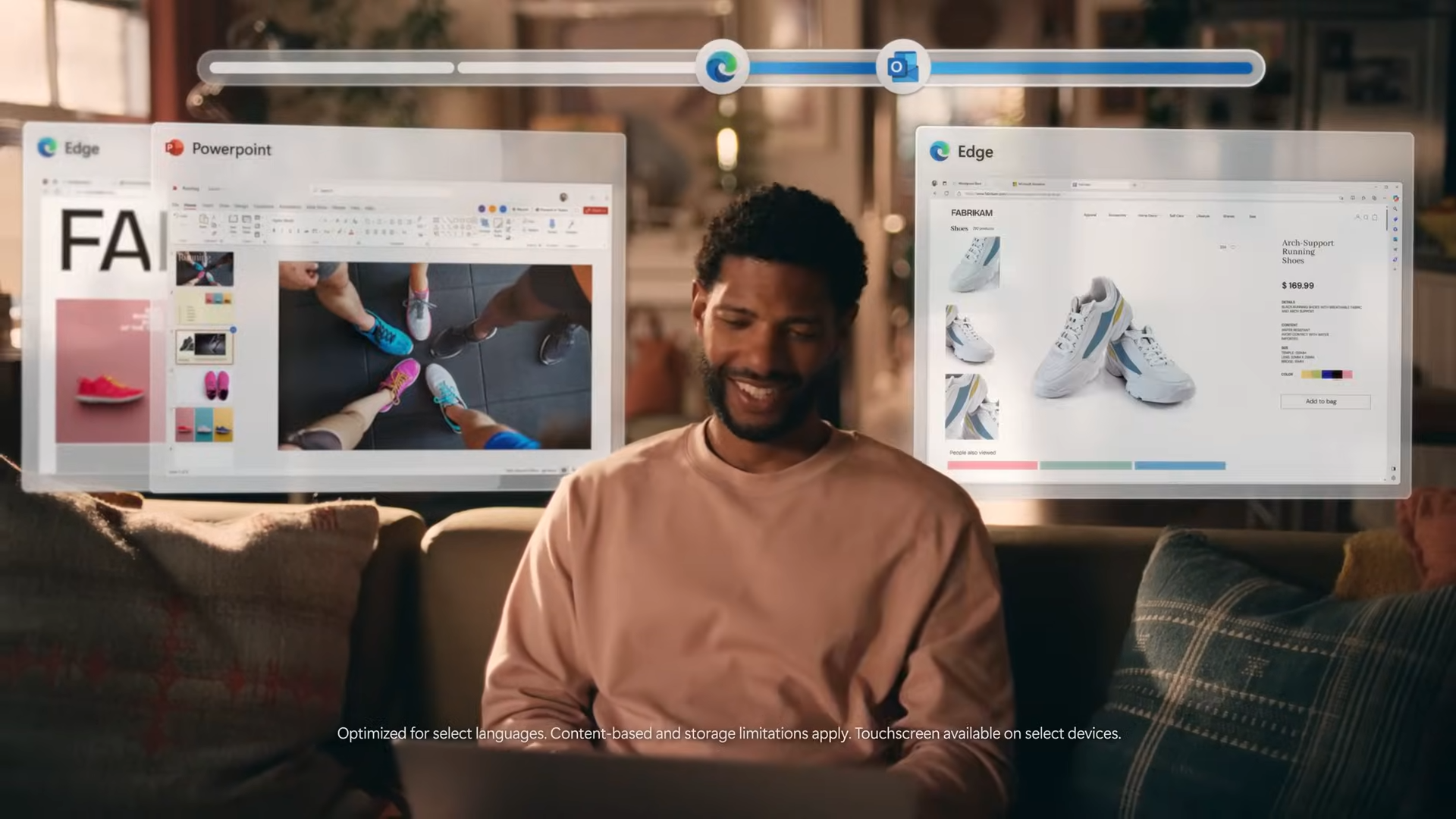"Roll back to Windows 10 immediately": Microsoft issues stark warning to wily Windows 11 users

Having spent the last three-and-change years beating Windows 10 users over the head with the same "Upgrade to Windows 11" spiel, a recent message from Microsoft to Windows 11 users is a bit surprising.
Why would Microsoft advise that Windows 11 users return to its aging Windows 10 operating system — especially with its October 14, 2025 end-of-support date rapidly approaching? Normally, it wouldn't.
However, on Tuesday of last week, the company found itself doing exactly that.
Via a recent update to the official "Ways to install Windows 11" Microsoft support page, the company urges, "If you installed Windows 11 on a device not meeting Windows 11 system requirements, Microsoft recommends you roll back to Windows 10 immediately."
Unfortunately, this doesn't indicate that Microsoft is getting cold feet about its decision to shutter Windows 10. Instead, it's part of a scrambling effort to clamp down on wily Windows users who upgraded to Windows 11 by defiantly bypassing the operating system's controversial minimum hardware requirements.
Windows 11's most controversial system requirement
While many initial grumbles about Windows 11 were due to its UI overhaul, changes to familiar navigation elements, and lack of stability, those problems have been slowly patched over the last three years. The operating system's unflappable hardware requirements have caused the most friction.
Beyond the typical need for a certain amount of RAM or storage space, Windows 11 users are expected to own a PC or laptop outfitted with a Trusted Platform Module (TPM) 2.0 chip, a hardware-based security layer that helps encrypt and store sensitive data.
Stay in the know with Laptop Mag
Get our in-depth reviews, helpful tips, great deals, and the biggest news stories delivered to your inbox.
While this hardware addition is now a widely standardized feature of motherboards and processors, it wasn't at the time of Windows 11's October 5, 2021 release, making it one of the more controversial requirements of the operating system.
Microsoft closes Windows 11 installation loopholes
As you'd expect, this led many crafty users to bypass this requirement through third-party tools. In a support article initially published in September 2021, even Microsoft offered a seemingly official way of sidestepping these requirements with a registry tweak.
However, Microsoft retracted this method at the start of February. It began soft-blocking the installation of tools that aided this process, such as Flyby11, which mimicked the Windows Server installation method to "fly by" the Windows 11 TMP 2.0 hardware requirement.
Users attempting to install Flyby11 were met with a daunting message from Microsoft Defender that flagged the utility as a Potentially Unwanted Application (PUA), which it claims has a "poor reputation" and "can affect the quality of your computing experience."
Speaking with The Register, the developer of Flyby11, Belim Hasano, revealed that Microsoft had escalated the flagging of version 1.1 of the utility from PUA to a hacking tool. However, Hasano points out, "The current release (v1.2) doesn't seem to be flagged anymore, at least for now."
What's next
"If Windows 11 is installed on ineligible hardware, your device won't receive support from Microsoft, and you should be comfortable assuming the risk of running into compatibility issues."
Microsoft's warning
Microsoft's official stance on unsupported hardware, taken from the Microsoft support page for "Windows 11 on devices that don't meet minimum system requirements," is without recommendation (or support), stating:
"If Windows 11 is installed on ineligible hardware, your device won't receive support from Microsoft, and you should be comfortable assuming the risk of running into compatibility issues.
"Devices that don't meet these system requirements might malfunction due to compatibility or other issues. Additionally, these devices aren't guaranteed to receive updates, including but not limited to security updates."
Still, the popularity of utilities like Flyby11 and Rufus, another tool used to bypass Windows 11's TMP 2.0 hardware requirement, would suggest that users are willing to take that risk if it means avoiding upgrading their hardware for what many see as a minor missing component.
Meanwhile, Microsoft is increasingly pressuring Windows 10 holdouts to upgrade to Windows 11. At one point, it stressed the " limited-time" availability of a free upgrade offer (which has since been retracted).
Users deadset on remaining with Windows 10 beyond the October 14 end-of-support date will be left without vital security updates or technical support unless they subscribe to Microsoft's Extended Security Updates (ESU) for $30.
However, this will only provide a single year of additional security patches, unlike the expanded (and much more expensive to fulfill) three-year ESU program offered to businesses.
With Windows 10 in its final year of support, Windows 11 has finally begun to climb to new heights in terms of market share on Windows machines. With tech tariffs potentially pushing up the cost of computers and computing components by up to 46%, users have at least two undeniable reasons to update to Windows 11 or invest in new hardware that could accommodate it.
More from Laptop Mag

Rael Hornby, potentially influenced by far too many LucasArts titles at an early age, once thought he’d grow up to be a mighty pirate. However, after several interventions with close friends and family members, you’re now much more likely to see his name attached to the bylines of tech articles. While not maintaining a double life as an aspiring writer by day and indie game dev by night, you’ll find him sat in a corner somewhere muttering to himself about microtransactions or hunting down promising indie games on Twitter.
You must confirm your public display name before commenting
Please logout and then login again, you will then be prompted to enter your display name.
